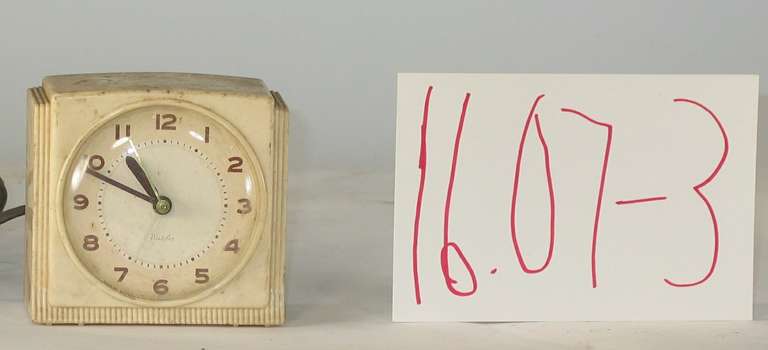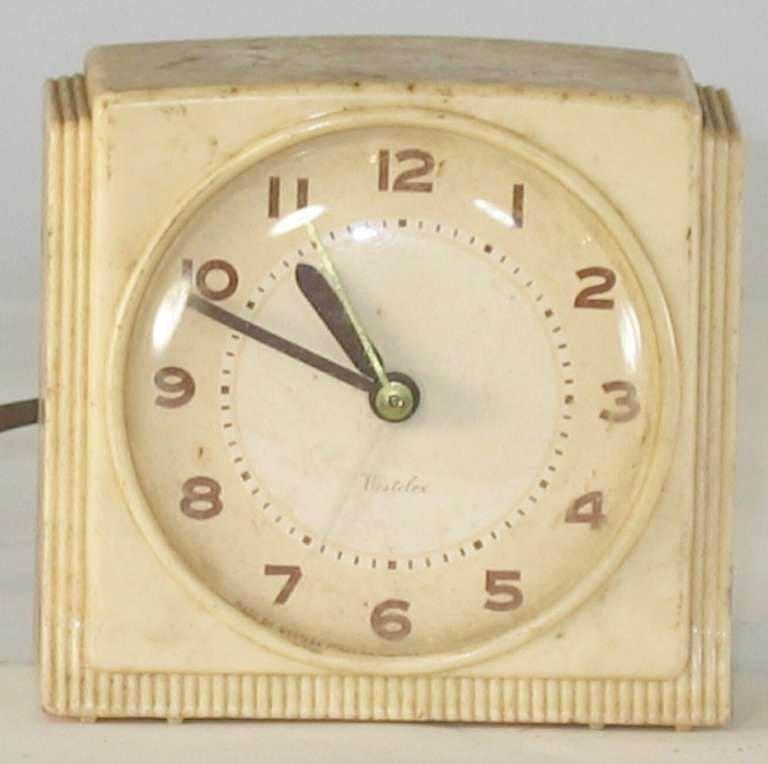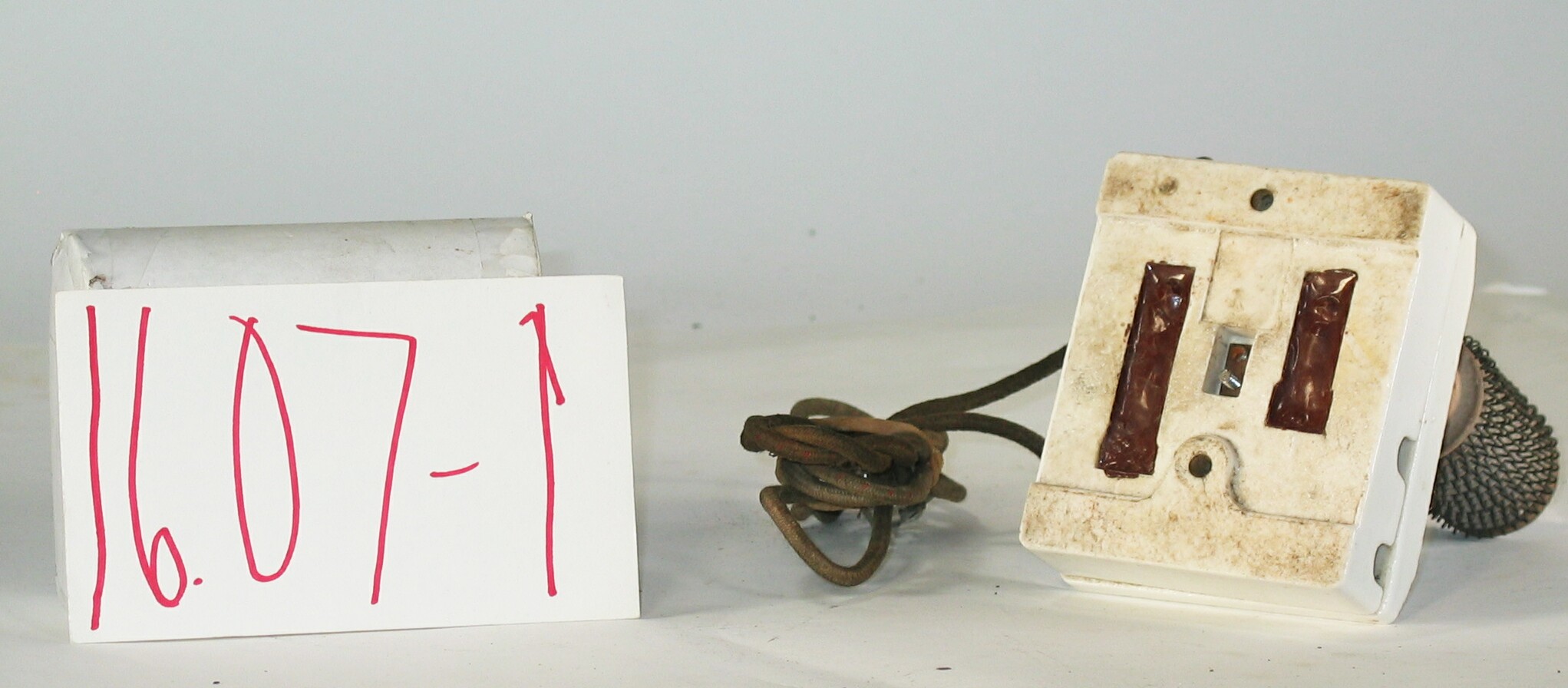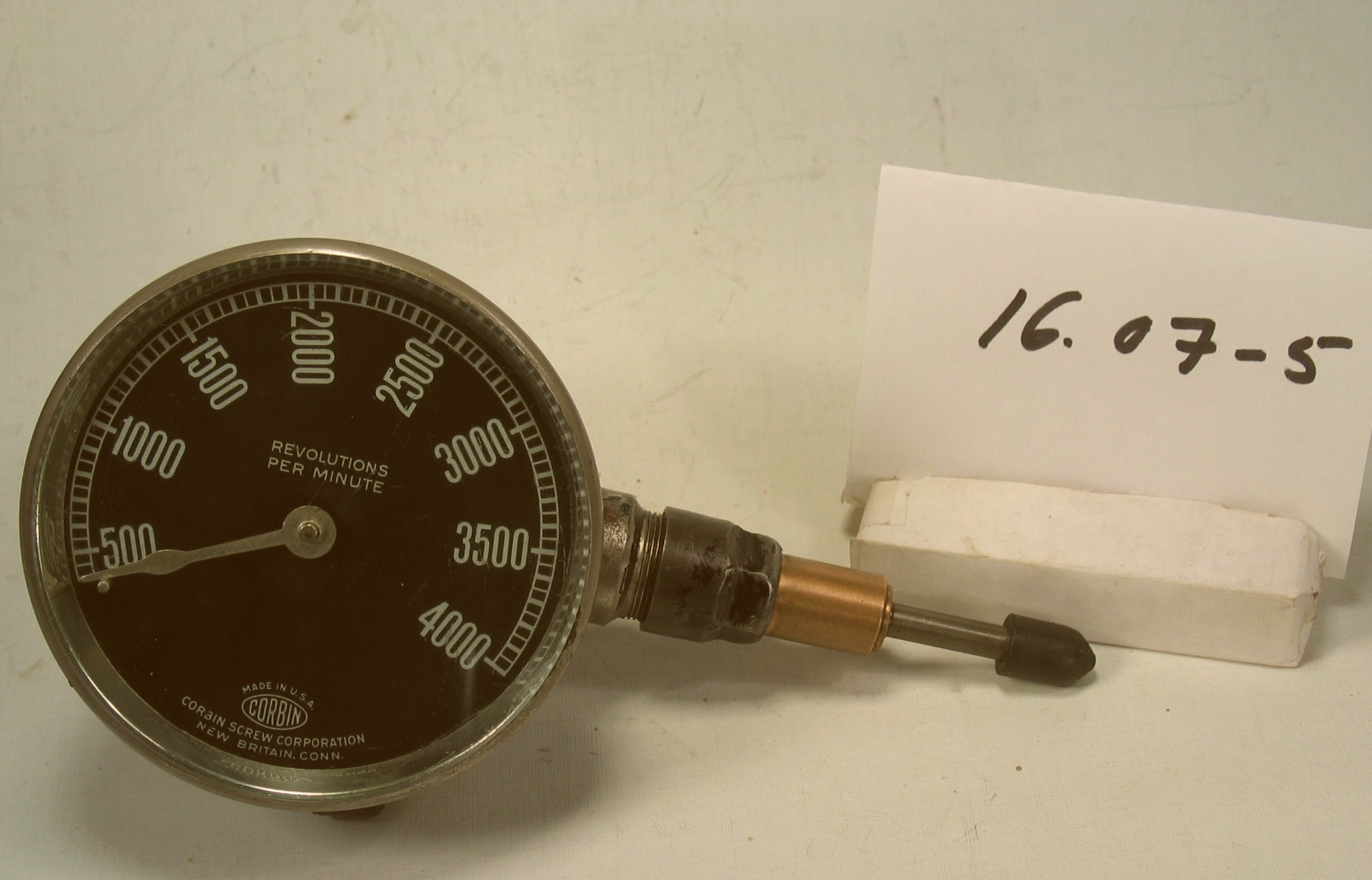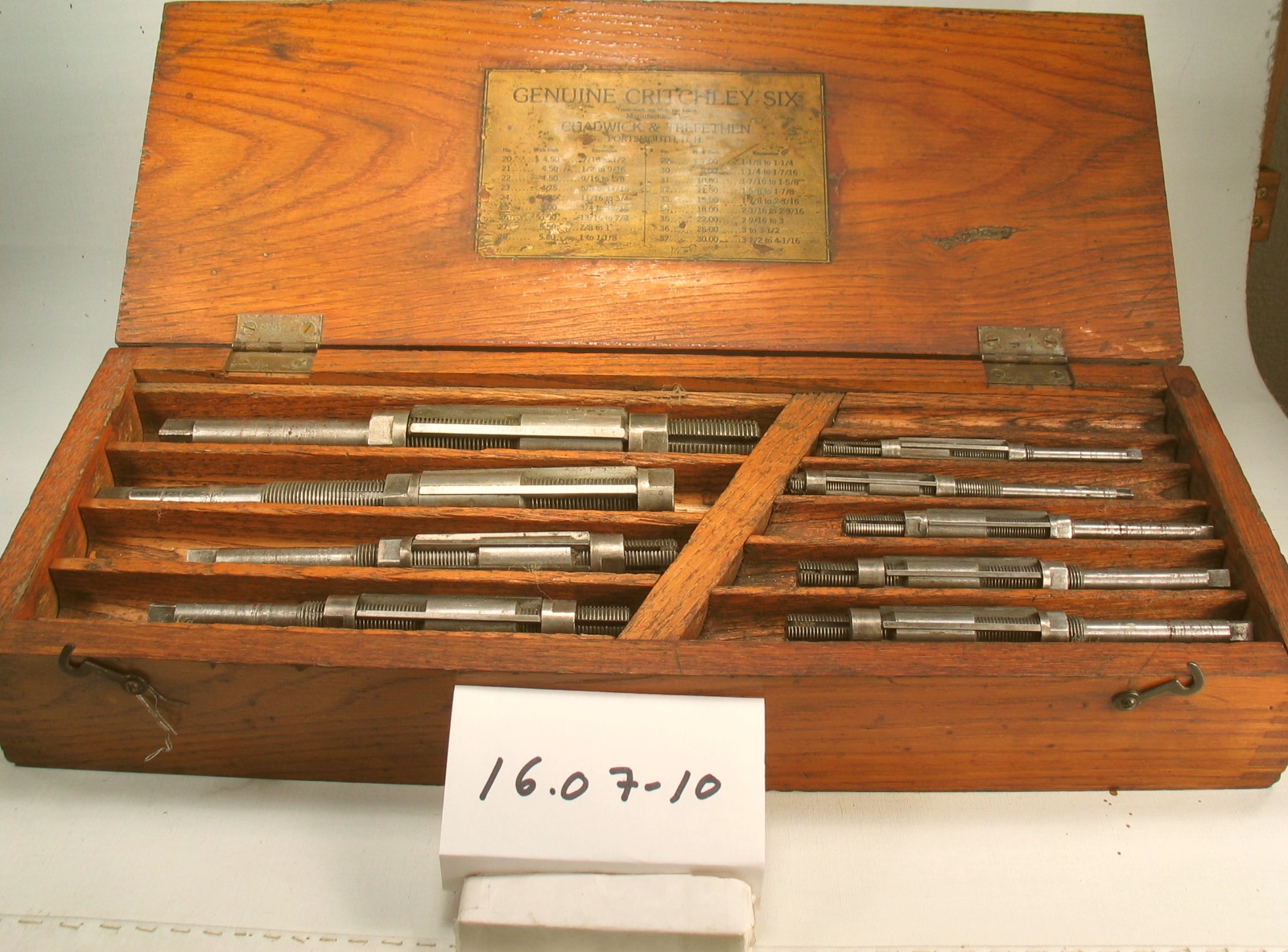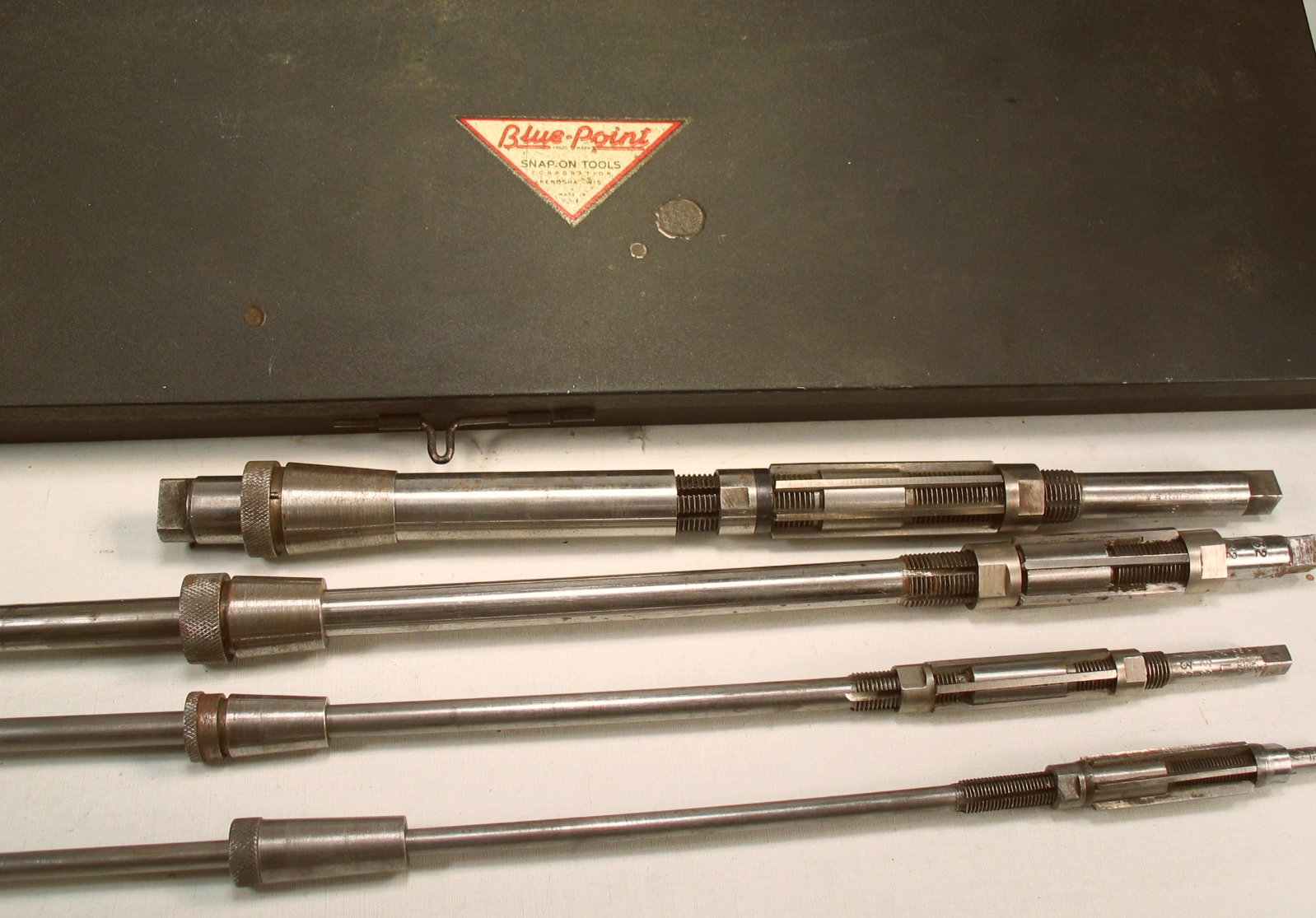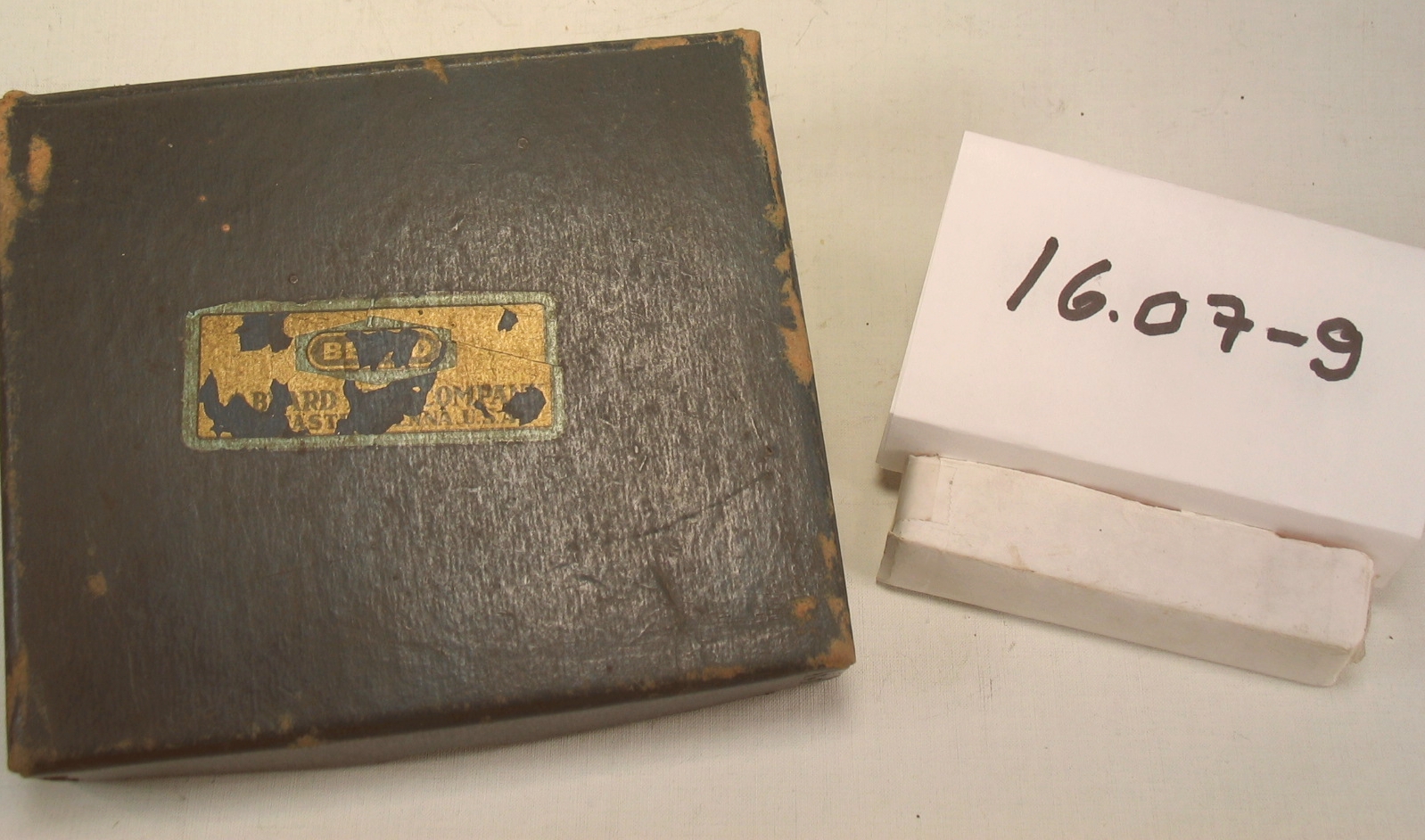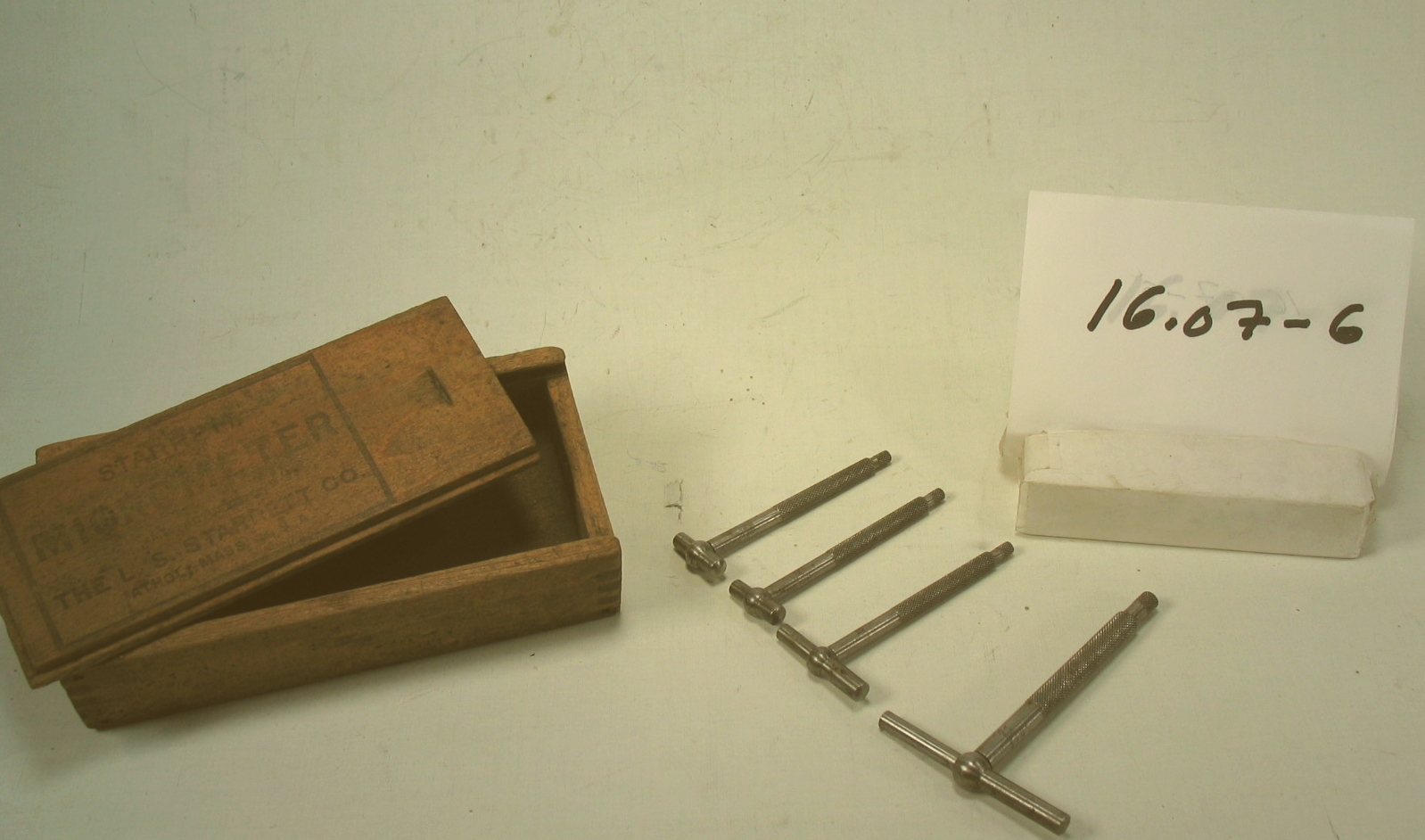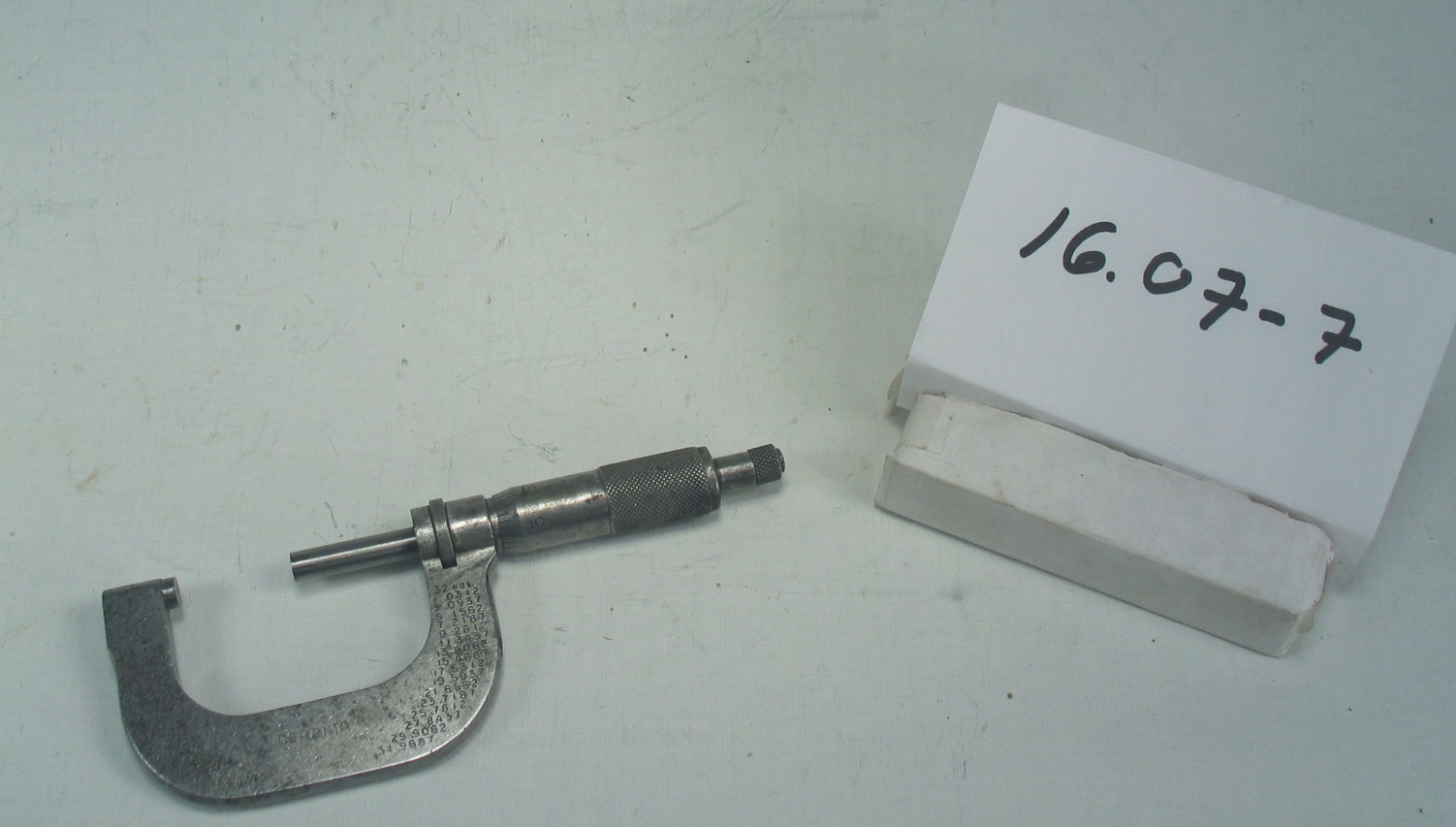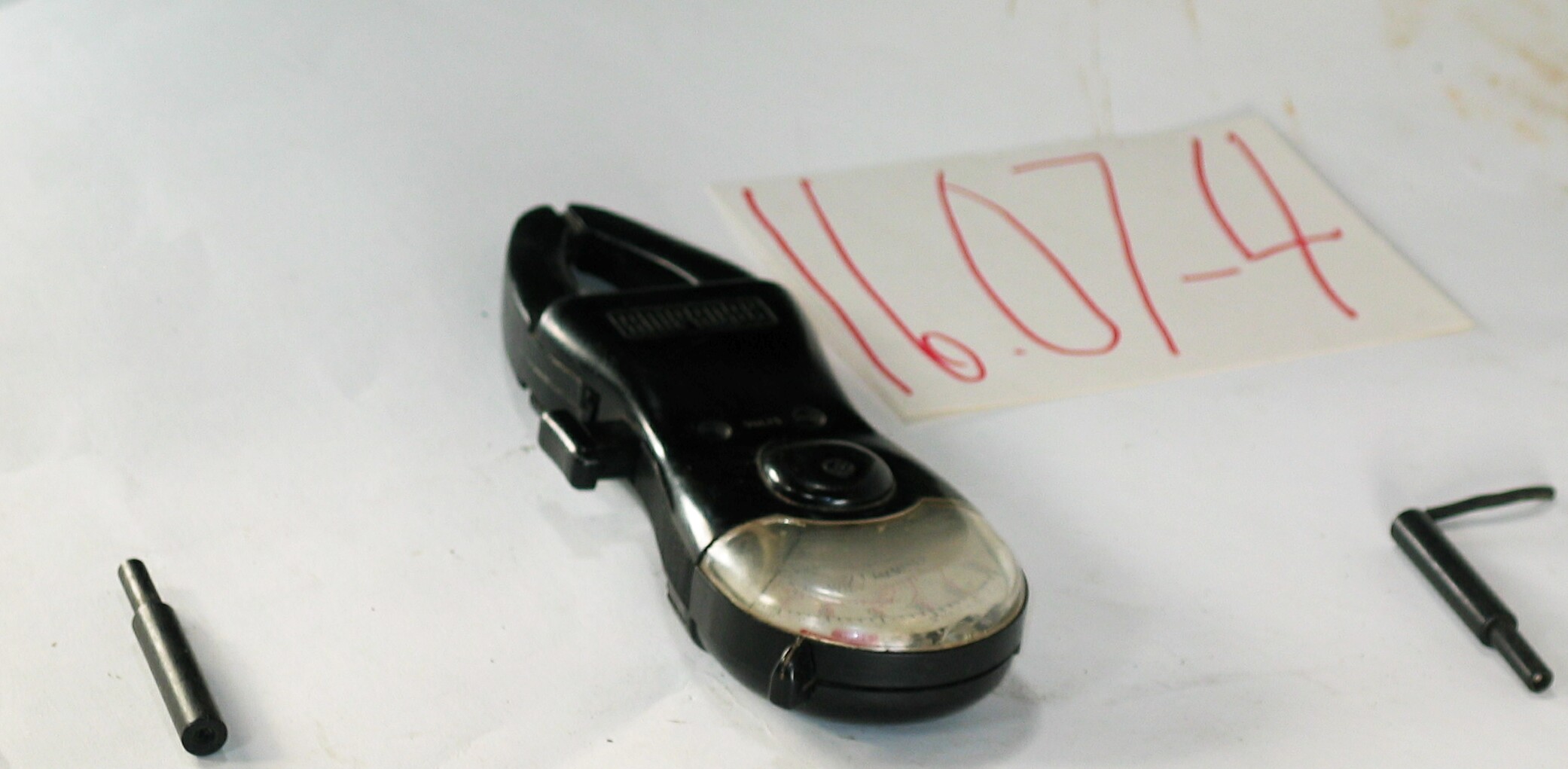16.07-3: 1946 Improvised, Cumulative Running Time Operations Recorder,
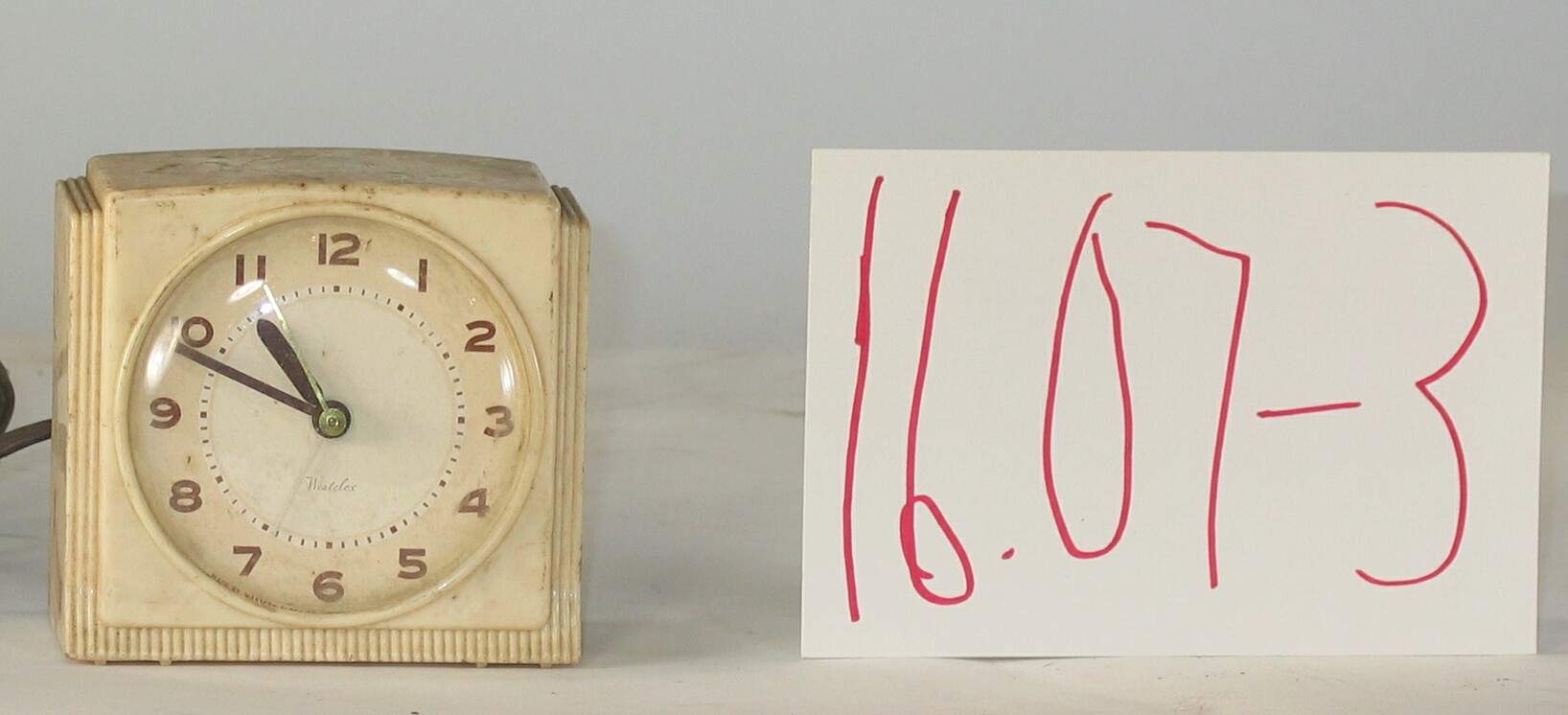
| HHCC Accession No. 2006.211 | HHCC Classification Code: 16.07-3 |
|---|
Description:
An improvised, cumulative running time operations recorder, making use of an electric, bedroom alarm clock, wiring harness, spring clips and rubber insulating sleeves. Reflecting the ingenuity of HVACR mechanics of the times the device, when connected in parallel with an automatic heating or refrigeration system, effectively measured the total time of operation within a 24 hour period, locally made, circa 1946
Group:
16.07 Electric Motors - Installation, Test and Repair
Make:
Shop assembled
Manufacturer:
Westelox
Model:
Bantam, S7-E
Serial No.:
Size:
4 x 3 inch x 4 inches high
Weight:
13 ozs.
Circa:
1946
Rating:
Exhibit, education, and research quality, illustrating the array of simple test and measurement devises, improvised and shop made to serve the needs of a newly emerging service economy in Canada in the first half of the 20th century.
Patent Date/Number:
CSA Electric clock approval No. 4221
Provenance:
From York County (York Region) Ontario, once a rich agricultural hinterlands, attracting early settlement in the last years of the 18th century. Located on the north slopes of the Oak Ridges Moraine, within 20 miles of Toronto, the County would also attract early ex-urban development, tobe come a wealthy market place for the emerging household and consumer technologies of the early and mid 20th century.
This artifact was discovered in the 1950’s in the used stock of T. H. Oliver, Refrigeration and Electric Sales and Service, Aurora, Ontario, an early worker in the field of agricultural, industrial and consumer technology.
Type and Design:
Construction:
2.5 watt, 69 cycle, 110volt , self starting electric clock 6 foot parallel rubber covered #18 camp cord wiring harness
twin Mueller Electric No. 27, Universal, patented, spring attachment clips with twin red and black rubber insulating sleeves
Material:
Special Features:
Accessories:
Capacities:
Performance Characteristics:
Operation:
Control and Regulation:
Targeted Market Segment:
Consumer Acceptance:
Merchandising:
Market Price:
Technological Significance:
This simple test device tells many stories of its time: the design, construction and operation of self-starting, synchronous, electric clocks of the 1940’s, itself a remarkable technology of the times. The degree of miniaturization achieved in electric clock engineering by the 1940’s The classic styling of bedroom alarm clocks of the period in classic ivory with decorated face in brown. It was a style idiom that would soon disappear with the high-tech-look increasingly popularise after the mid 20th century
The ingenuity of early workers in the HVACR field, required to diagnosis automatically controlled refrigeration and heating equipment, determining what percentage of the time it operated over a 24 hour period ‘ a measure of the systems efficiency - among other things.
With the increasing sophistication and complexity of 20th century technology applications for the Canadian home, came the need for better instrumentation and measurement for equipment installation and calibration, performance monitoring, trouble-shooting and diagnosis.
Industrial Significance:
In the early post W.W.II years, it became increasingly evident that the HVACR industry was seriously limited by the lack of affordable test and measurement equipment for field use in installation and after market service. The field was clearly dependent on those who would design, develop and bring such equipment to market, at a price the tradesmen could afford. Often the equipment that was available was of the laboratory type, too sensitive and delicate, lacking the robust quality needed for life in the toolbox. What was required was a new generation of such measurement and test devices. More sophisticated operation recorders became increasingly popular starting in the early 1950’s. Beyond cumulated operating time clocked in a given reference period, they would record on circular, time calibrated chart: the details of the operating cycle ‘ start and stop time, cycle frequency, consistency of operation, and length of running time [see reference 1]
Socio-economic Significance:
The home service trades grew rapidly during this pre W.W.II period and on into the 1950’s, plumber, electrician, heating and refrigeration. They brought with them a new quite different breed of industrial worker, mobile, entrepreneurial, and skilled in the new consumer technologies then available for the Canadian home.
Socio-cultural Significance:
Donor:
G. Leslie Oliver, The T. H. Oliver HVACR Collection
HHCC Storage Location:
Tracking:
Bibliographic References:
Marshal Refrigeration Catalogue882 Millwood Road Toronto 17, P97, Tempscribe Recorders
